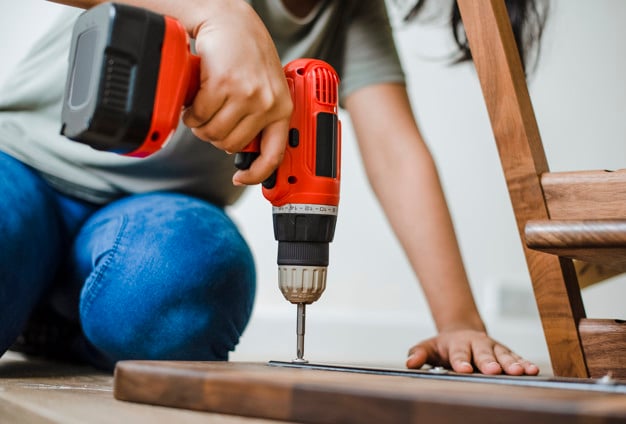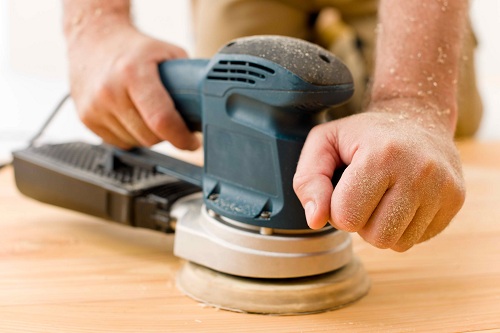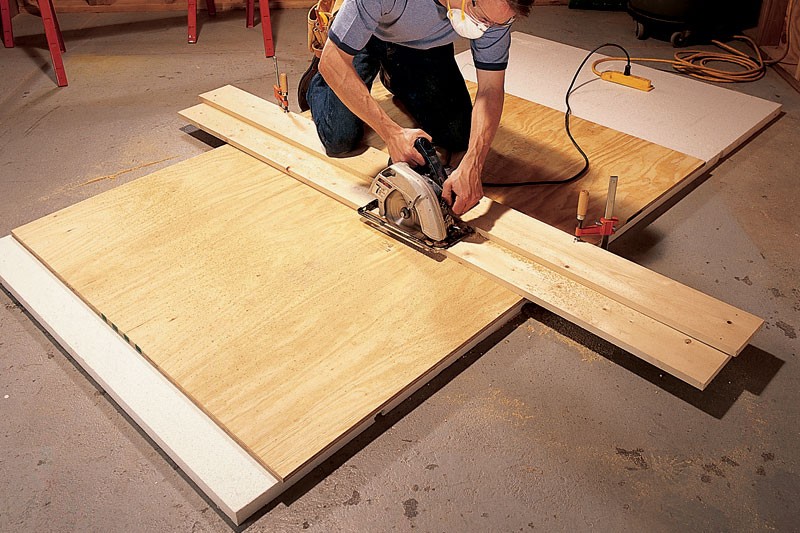Are you stuck at home and looking for something to pass the time? Well right now is the perfect opportunity to brush up on those woodworking skills and learn some top tips for building with plywood.
Getting your start in woodworking can be a little daunting, but even if you’re a seasoned veteran, working with plywood can throw a few curve balls. Plywood can be quite different to other wood varieties in a number of ways, so it’s always handy to brush up on some of the basics.
Whether you’ve been building for a lifetime or are only just now wetting your feet, Plyco’s top 5 tips for working with Plywood is bound to give you a few handy pointers.
Tip 1: How to Assemble Your Plywood Project
You’ve managed to purchase all of your beautiful plywood sheets from Plyco, but now it’s time to assemble them. This can be a tricky process for the uninitiated thanks to the unique way plywood is created. Thankfully, we have a few handy tips that make sure you don’t end up wasting any of those precious sheets.
Our first recommendation is to pre-drill if you are going to be screwing something into the edge of the plywood. The sheets of ply have a habit of separating when screws are inserted or even large nails. However, if you get the ball rolling with a little bit of pre-drilling this issue disappears completely.

Speaking of drilling, if you’re needing to drill through the faces of your sheets it’s best to start on the front face. This ensures that the cleanest hole will be on the side of the board that is designed to look the best. If you’ve purchased a plywood sheet that has a high quality face on both sides, or you’re just planning on both sides being visible, it’s time to bust out some tape. Place the tape on the backside where you are drilling and then drill your hole as normal. This process helps the layers of ply hold together and prevents it from chipping.
Tip 2: How to Get That Smooth Sanded Finish
Sanding plywood is pretty much just like sanding any other piece of wood. You’ll use the same tools (e.g. orbital sander), but there are some pitfalls you need to avoid.
Because of the way plywood is constructed you need to be very careful with your sanding. If you’re a little too overzealous with your sanding you run the risk of peeling back the face layers and exposing the darker layers of the plywood. This is what is commonly known as a burn. This process is actually utilised on purpose to create a desired effect, however if you’re not aiming for this look it can be a bit of a let down.

To avoid accidentally creating that burned look, be gentle when it’s time to sand your plywood. Taking a step back and slowing down will make sure that you don’t end up with a wasted sheet.
Tip 3: How to Install Your Own Plywood Edging
Applying your own edging can be one of the more intimidating tasks for those who haven’t experienced it before, but it is actually a very simple process. Iron-on edging makes life so much easier, to the point where all you really need to do is place the edging on your desired plywood edge, fire up that iron, and voila! It really is that simple!
After you’ve completed those steps you’re probably going to need to do a little trimming, as it’s unlikely that the edging will be the exact same size as the thickness of your sheet. This can be done in a number of ways. If you have a good quality pair of scissors laying around they’ll be enough to make the cuts, but we most often recommend a safety knife as it is by far the most reliable method. Just make sure you’ve let the edging cool down before you start hacking away at it!
Tip 4: Use the Right Saw Blade When Cutting Plywood
You might be noticing a theme throughout our tips; plywood differs greatly to other wood products due to how it is manufactured. This means unique approaches need to be taken for sanding and drilling, and the same goes for cutting.
The regular blade that came with your circular saw is likely not the correct one for cutting plywood. What you want to pick up is a carbide tip blade. These blades have a much higher teeth count than standard blades, which allows it to cut smoothly through the many layers of a plywood sheet. The teeth on these blades are smaller too, which prevents chipping.

Tip 5: Use a Jigsaw for Curved Plywood Cutting
Are you trying to get that perfect curved cut? In that case a jigsaw should be the go-to tool for you. While a regular circular saw will give you perfect and precise cuts, it can only go in straight lines. Once you add a jigsaw to the mix you’re able to cut absolutely any shape your imagination can conjure up.
Keep in mind that our tips for picking the right saw blade apply here too. Smaller teeth and a higher teeth count are always the way to go when cutting plywood, no matter what saw is being used.
Armed with these five pro plywood woodworking tips, you’ll be ready to face almost any challenge that comes your way. If your stocks are running low and you want to purchase some plywood without leaving your home, head to our online store. There you can purchase almost all of our plywood online and have it delivered straight to your door. It’s the perfect way to buy plywood in 2020.


.svg)

.png)
.png)






